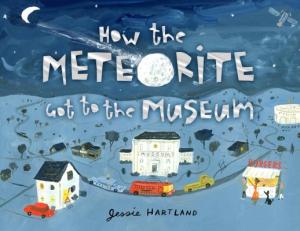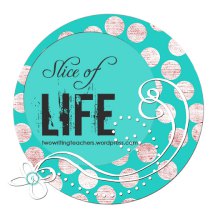One of my earliest memories is of being at a local ball field, watching my father play baseball in the town league. After the game, we drove to Carvel’s for ice cream. Although I couldn’t have been more than four, I remember sitting on a picnic bench trying to eat the soft vanilla ice cream before it melted.
My father loved baseball, and he passed that love on to me. When the play offs roll around in October, they always brings memories of him.
![By Boston Public Library (Flickr: Ebbets Field, Brooklyn. N. Y.) [Public domain], via Wikimedia Commons](https://readingtothecore.files.wordpress.com/2013/10/ebbets_field_brooklyn-_ny.jpg?w=300&h=193)
By 1975, his allegiance had switched to the Boston Red Sox, where it stayed for the rest of his life. The World Series that year was a big deal at my house. We watched almost every minute of that series together. Except for this:
To this day, I hate to go to bed before a game is over.
Baseball isn’t as big a deal in my house today as it was when I was growing up. While my husband loved the game as a kid, he doesn’t pay too much attention anymore, and neither of my boys are really fans. I only watch an occasional game during the regular season. But come October, I’ll be in front of the television, marveling at the grace of a well-turned double play or holding my breath as a ball soars into the outfield. And you can be sure I’ll be watching tomorrow night, cheering for Boston, thinking of my father.
Thank you to Stacey and all her new co-bloggers at Two Writing Teachers for hosting Slice of Life Tuesdays.












![By Don Davis/NASA [Public domain], via Wikimedia Commons](https://readingtothecore.files.wordpress.com/2013/10/476px-coast_impact.jpg?w=238&h=300)













